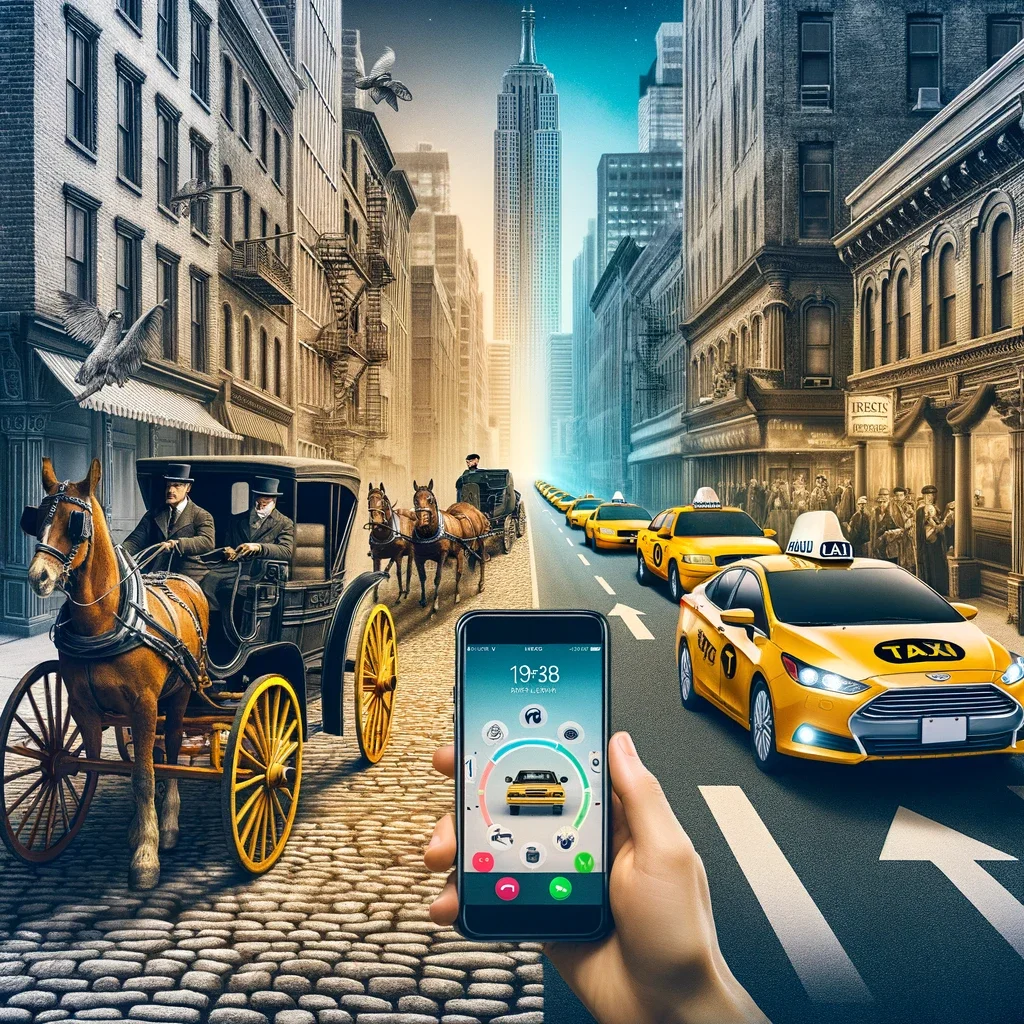Introduction:
Cab services have come a long way from the days of horse-drawn carriages. In today’s fast-paced world, the convenience of hailing a cab with a few taps on your smartphone has become an integral part of urban transportation. This article explores the fascinating evolution of cab services, from their humble beginnings to the digital age of ride-sharing apps.
Cab Services Historical Origins
Cab services, also known as taxis or cabs, trace their origins back to the early 17th century in London. The word “taxi” is derived from “taximeter,” a device used to measure the fare based on distance traveled. Initially, horse-drawn carriages served as the first cabs, providing transportation to those who could afford it.
Transition to Automobiles
The introduction of automobiles in the late 19th century marked a significant turning point in the cab service industry. The horse-drawn carriages were gradually replaced by motorized vehicles, making transportation more efficient and accessible to a broader range of people.
The Rise of Taxi Companies
As cities grew and urbanization spread, taxi companies began to emerge. These companies operated fleets of cabs, providing a standardized and regulated service. Passengers could now easily flag down a cab on the street or book one through a dispatcher.
Technology and Ride-Sharing Apps
The taxi industry underwent another revolution with the advent of technology and the rise of ride-sharing apps. Companies like Uber and Lyft disrupted the traditional cab service model by allowing individuals to use their private vehicles as taxis. This innovation provided passengers with more options, competitive pricing, and the convenience of cashless transactions.
Challenges and Regulation
While ride-sharing apps brought convenience to passengers, they also faced regulatory challenges and competition with traditional taxi services. Cities worldwide grappled with how to regulate these new transportation platforms and ensure passenger safety.
Future Trends
The future of cab services is likely to be shaped by ongoing advancements in technology. The development of autonomous vehicles promises a new era of self-driving cabs. Additionally, sustainability and environmental concerns are leading to the introduction of electric and hybrid taxis.
In, cab services have evolved significantly over the centuries, adapting to changing technologies and consumer preferences. From horse-drawn carriages to ride-sharing apps, the industry has come a long way, and its future is bound to bring even more innovation. The convenience and accessibility of cab services continue to play a vital role in urban transportation, and we can expect further developments in the years to come.



Thanks for sharing informative and memorable content.